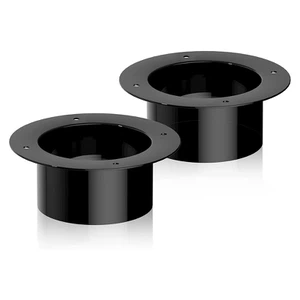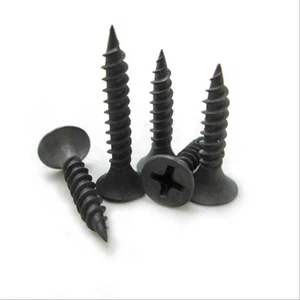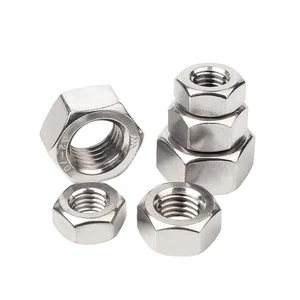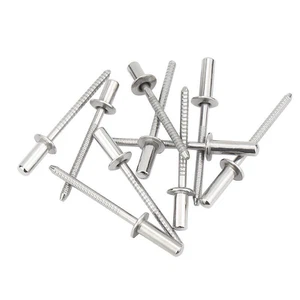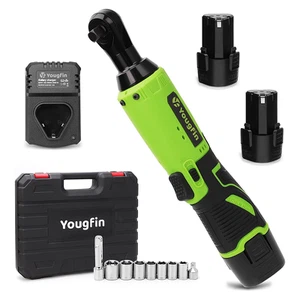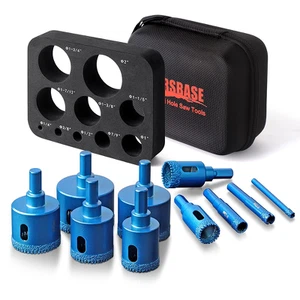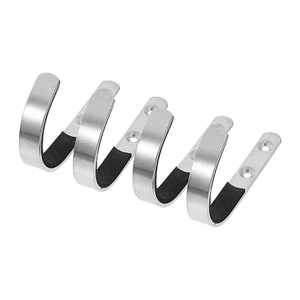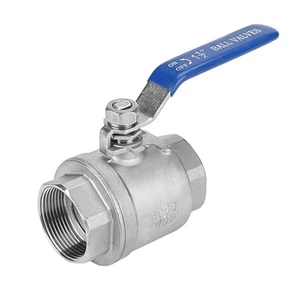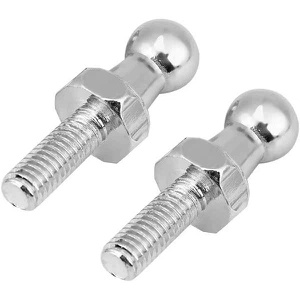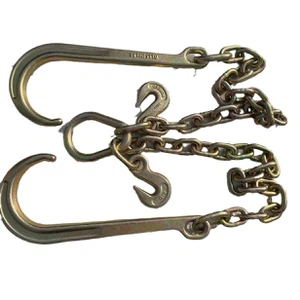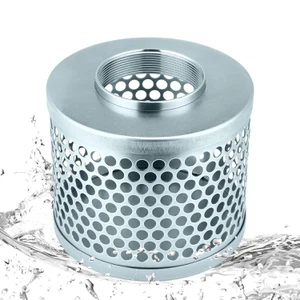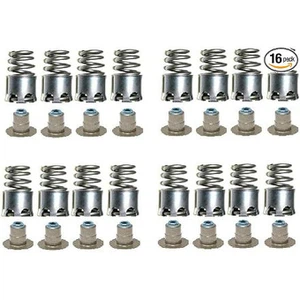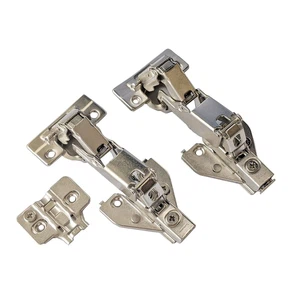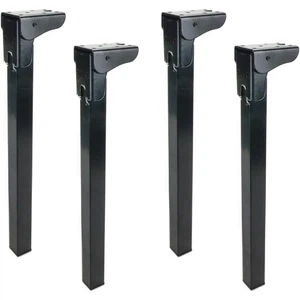To determine if a flange is leaking water, the following methods can be used:
Visual inspection method: Use lighting tools such as flashlights to illuminate the area around the flange and observe for water stains or droplets. If water stains are found, you can touch them with your hands to see if they are wet. If they are wet, it indicates that the flange is leaking water. At the same time, it is also necessary to pay attention to checking whether the sealing ring is intact, and whether there are aging, cracking, and other conditions.
Probe method: Use a professional probe for testing. Firstly, shut down the running equipment and wait for the flange to cool down to normal temperature. Then place the sensing probe of the detector around the flange and wait for the detector to make a sound and vibrate. If the detector makes a sound and vibrates, it indicates a water leakage situation and needs to be repaired in a timely manner.
Air tightness test: Seal the flange connection and inject a certain pressure of gas. Determine whether there is a leak by observing pressure changes or using a leak detection instrument.
Bubble leak detection method: apply foam agent or liquid on the flange connection, and judge whether there is leakage by observing the formation and change of bubbles.
Wet cloth method: Place a relatively flat and breathable cotton cloth near the sealing surface for movement, and then use compressed air externally. If there is a leak at the sealing point, the cotton cloth will show watermarks.
The above methods can effectively determine whether the flange is leaking, and the appropriate method can be selected for detection according to the specific situation. If there is indeed water leakage in the flange, it should be repaired in a timely manner to avoid more serious consequences.
How To Determine If A Flange Is Leaking Water
Mar 15, 2024
Leave a message



